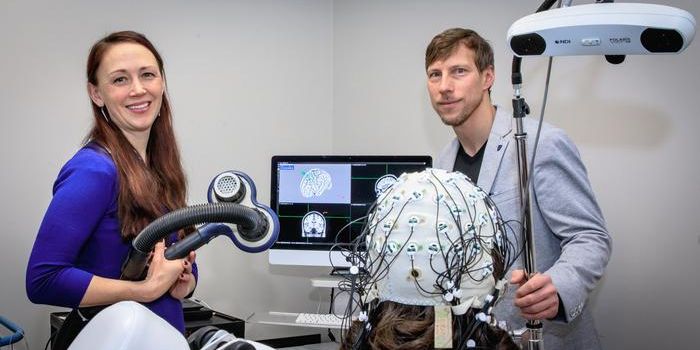The brain of a psychopath: how people with psychopathic traits control their 'dark urges'
Psychopaths are usually portrayed negatively: they display antisocial behavior, such as shallow emotions, callousness, impulsivity, and lack of empathy. Psychopathy often results in “unsuccessful outcomes” such as incarceration. However, those with psychopathic traits are usually able to control these tendencies and avoid such adversities.
How exactly are individuals with psychopathic traits able to resist antisocial tendencies? Is there a neural basis as to why these people are able to function normally in society? Recently, researchers at Virginia Commonwealth University (VCU) and the University of Kentucky used neuroimaging technology to explore the possibility that “successful” psychopaths have more developed neural structures that promote self-regulation.
In an article that will soon be published in an edition of the journal Personality Neuroscience, Drs. Samuel West and Nathan DeWall and their research teams conducted two MRI studies of “successful” psychopathic individuals. They found that participants had greater grey matter density in the ventrolateral prefrontal cortex (VLPFC), a brain area involved in self-regulation processes, including the dampening primitive and reactive emotions, such as fear or anger.
"Our findings indicating that this region is denser in people higher on certain psychopathic traits suggests that these individuals may have a greater capacity for self-control," said Emily Lasko, a doctoral student in the VCU Department of Psychology, who led the study. "This is important because it is some of the first evidence pointing us to a biological mechanism that can potentially explain how some psychopathic people are able to be 'successful' whereas others aren't."
In the first study, 80 healthy adults in long-term relationships were given MRI scans of their brains. Then, they completed questionnaires to assess their psychopathic traits, including psychopathy (e.g., "it's true that I can be mean to others"), narcissism (e.g., "I like to get acquainted with important people"), and Machiavellianism (e.g., "it's not wise to tell your secrets").
In the second study, conducted at the University of Kentucky's Magnetic Resonance Imaging and Spectroscopy Center, researchers scanned 64 undergraduate students and screened them for psychopathic traits using a specialized assessment tool. Participants were asked about both primary psychopathy (e.g., "I enjoy manipulating other people's feelings") and secondary psychopathy (e.g., "I quickly lose interest in the tasks I start").
In both studies, researchers found that grey matter density in the VLPFC – the “hub for self-regulation” – was positively related to psychopathic traits. This means that the VLPFC may be enhanced in those with psychopathic tendencies. Authors speculated that “successful” psychopaths may develop compensatory mechanisms for antisocial tendencies, which allows these individuals to overcome aggression and urges to harm others.
Research shows that approximately 1% of the general population, and 15% to 25% of incarcerated people, meet the clinical criteria for psychopathy.
Although these findings are preliminary and still need to be replicated, “[scientists] believe that it is critical to understand these potential 'advantages' because if we are able to identify biomarkers of psychopathy, and importantly, factors that could be informative in determining an individual's potential for violent behavior and potential for rehabilitation, we will be better equipped to develop effective intervention and treatment strategies," says Lasko.
Source: MedicalXpress, ScienceDaily, Neuroscience News









